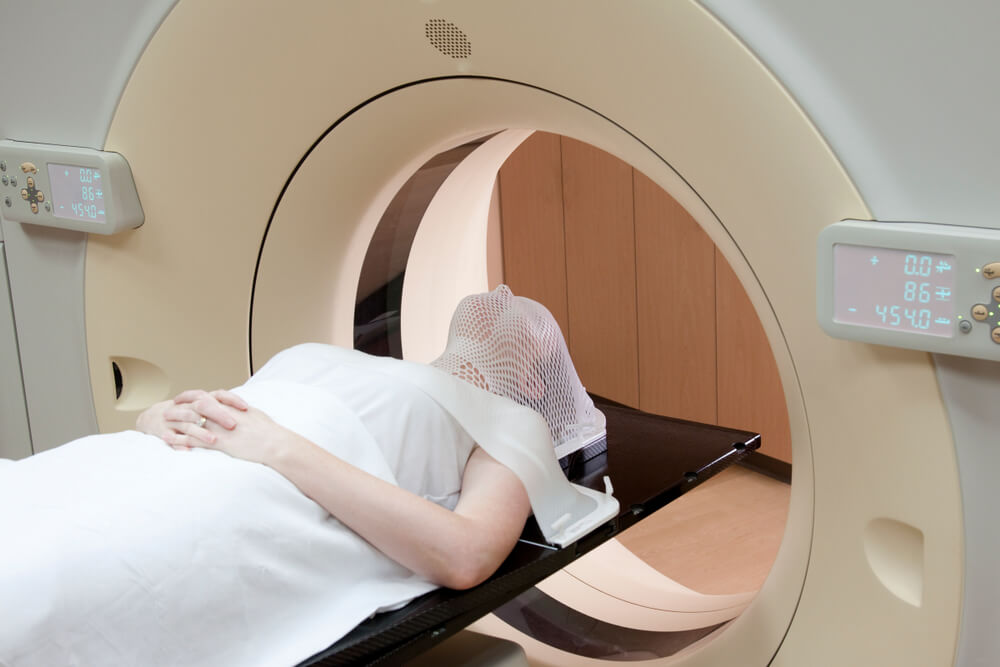Head and neck cancer commonly starts in the squamous cells that line the moist, mucosal surfaces within the head and neck, known collectively as head and neck cancers (for example, inside the mouth, the nose, and the throat). These tumors of squamous cells are sometimes referred to as carcinomas of squamous cells in the head and neck. In the salivary glands, head and neck cancers may also start, but cancers of the salivary glands are comparatively rare.


